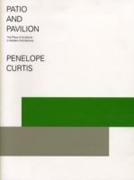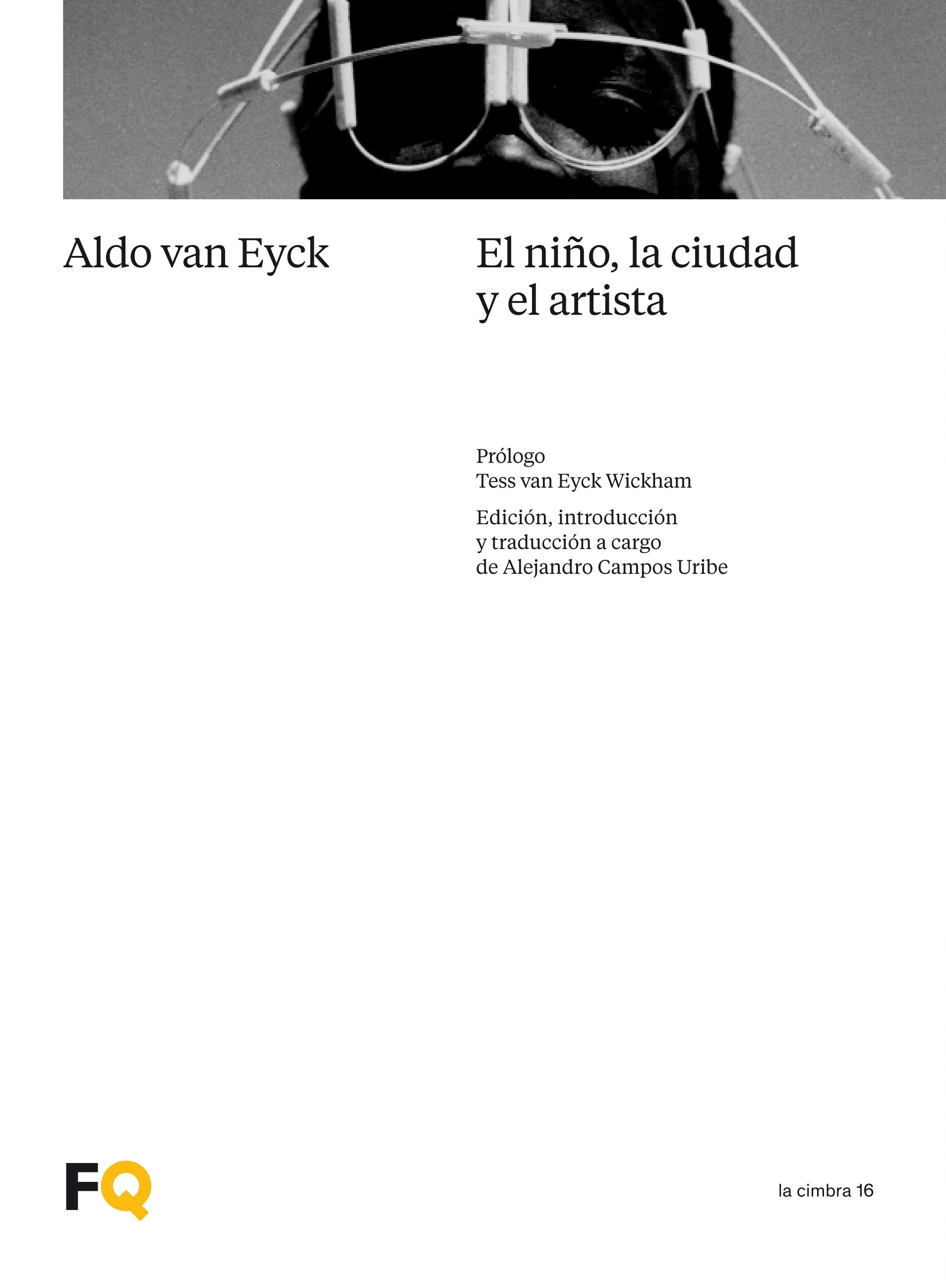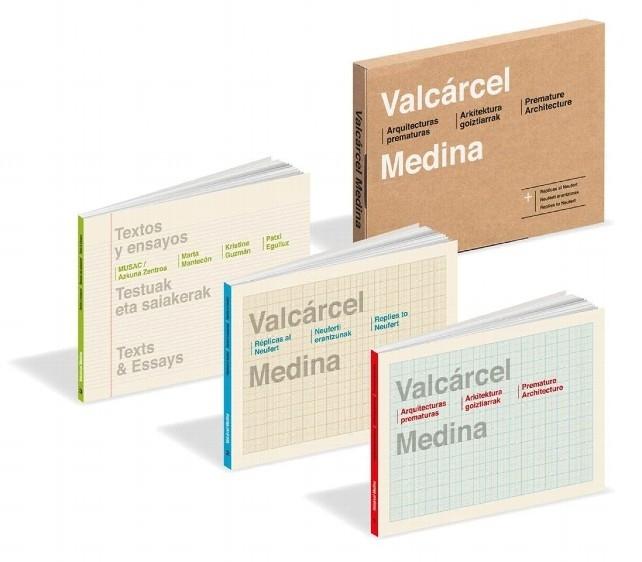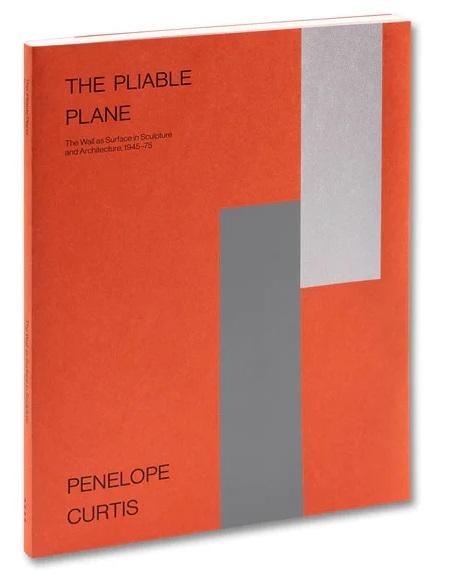PATIO & PAVILION. THE PLACE OF SCULPTURE IN MODERN ARCHITECTURE

Autor/es
- EAN: 9781905464050
- ISBN: 978-1-905464-05-0
- Editorial: RIDINGHOUSE
- Año de la edición: 2010
- Encuadernación: Rústica
- Medidas: 18 X 24 cm.
- Páginas: 144
- Materias:
teoría: arquitectura y arte
escultura
Sin stock. Envío en 15/30 días
pvp 32,50 €
Semi-sculptural or semi-architectural works by architects such as Frank Gehry and Rem Koolhaas, and by artists such as Dan Graham or Anish Kapoor are now well known. What precedes them is less familiar. This book is the first to attempt to understand how sculpture and architecture have come to be fused in such an uncertain alliance. The book identifies the special status which pre-war architects assigned to sculpture, focusing at first on Georg Kolbe at Mies van der Rohe's Barcelona Pavilion (1929); Carl Milles on Eliel Saarinen's Cranbrook Campus (from 1934); and Lucio Fontana in Edoardo Persico's Pavilion at the Milan Triennale (1936). The book is centred on Mies van der Rohe's celebrated paper project for a 'Museum for a Small City' (1943). This not only set up a language for the description of sculpture's display, it also canonised the collection's repertoire. It then assesses what architecture brings to sculpture in the light of the Miesian concord. Three case studies show how the use of outdoor sculpture was developed: Philip Johnson's sculpture court for MOMA; Carlo Scarpa's extension to the Canova Gipsoteca (1957); the pavilions for Sonsbeek by Gerrit Rietveld (1955) and by Aldo van Eyck (1965-6).






